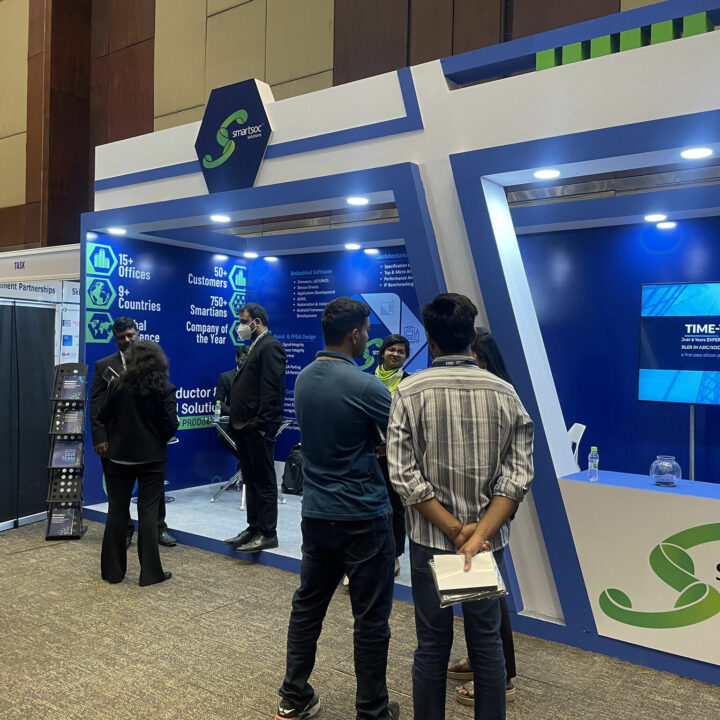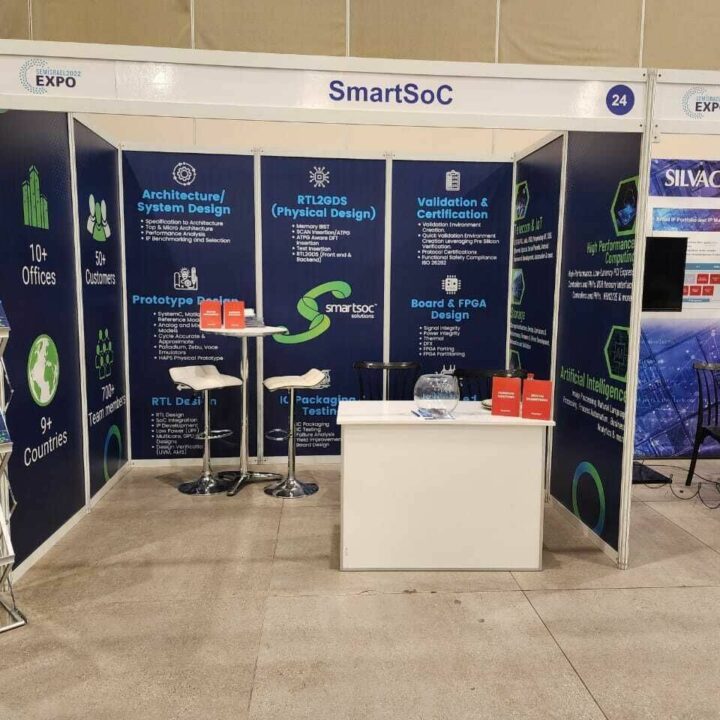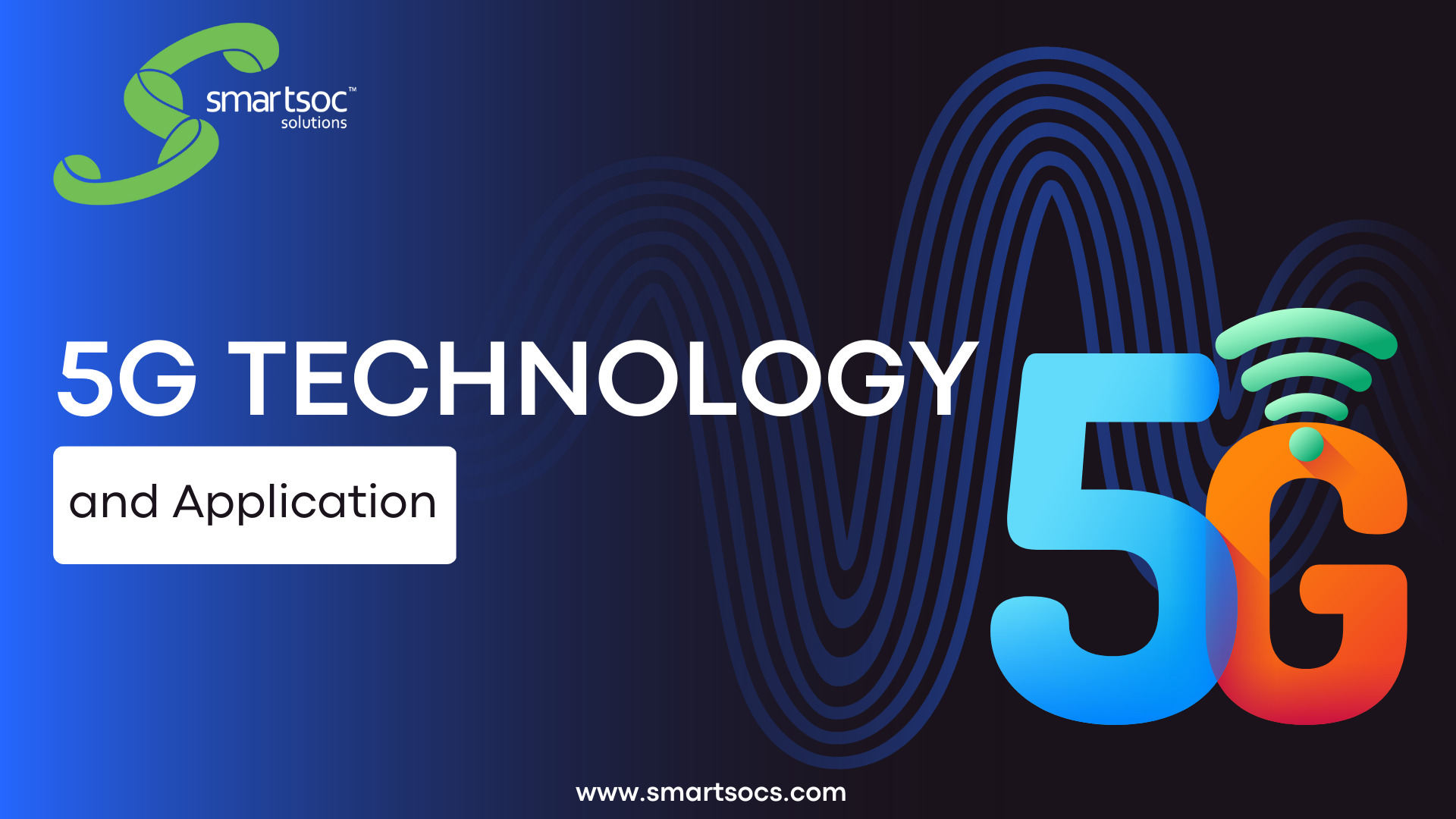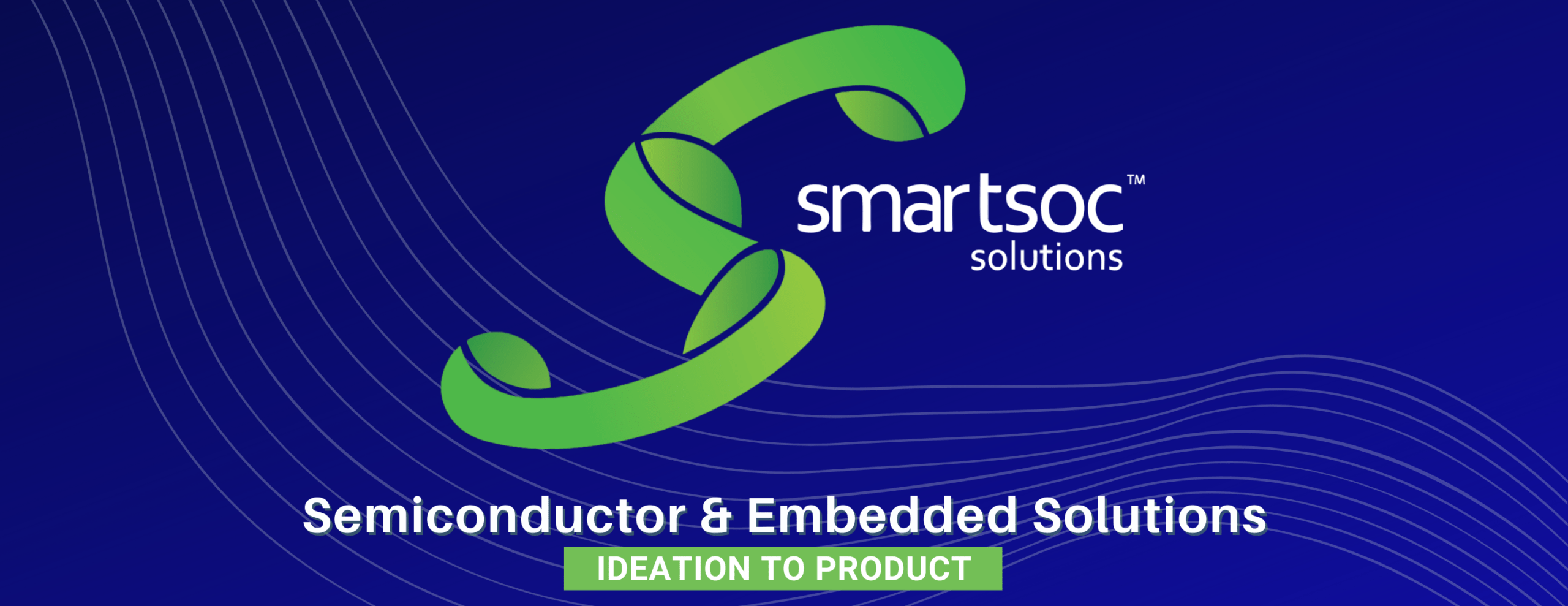5G Technology and Application

Many businesses are just beginning their digital transformation. In addition to existing PCs or smartphones, various devices with different communication connection requirements such as robots, drones, senor, AR/VR devices, and autonomous vehicles are connected to the private network. The edge cloud processes data generated by these devices and controls their behavior of them.
The requirements for these devices require high mobility, wired-class reliable communication connection, a latency of several ms, the privacy of data generated by the device and stored on the server, traffic isolation that prevents traffic from being mixed by application, and a guarantee of different QoS to the private network.
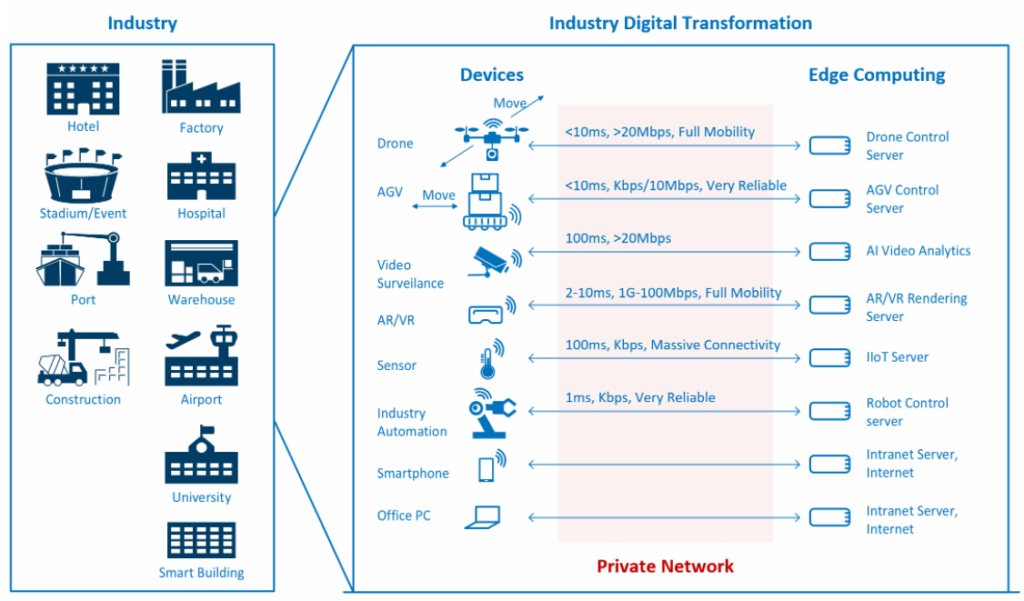
Wireless technology (Wi-Fi)
It offers limited scope and it has pros and cons. However, the limitations of this will hinder the required progress for new requirements. Wi-Fi is easy to deploy and operate, and its network cost is low (frequency free, cheap AP price), but its communication connection is unstable, its communication distance is short, its latency is longer than tens of ms, it is vulnerable to security, and its mobility is limited. For home or general office environments, there is no major problem, but there is a limit to responding to the Industrial Digital Transformation.
5G Technology and Related Innovation
This makes it desperate to introduce a new wireless network technology and that’s how 5G technology and related innovation is providing respite for all the above-mentioned issues. Unlike 4G, 5G radio provides not only ultra-high speed (eMBB, hundreds of Mbps-Gbps per device) but also ultra-low latency for real-time service (uRLLC, several ms) and ultra-connectivity (mMTC, 106/Km2) to connect a huge number of small things like sensors
5G network is an enterprise-dedicated network that is built using 3GPP technology to establish a private network in a specific building or site. Because 5G is a cellular technology, it provides full mobility, highly reliable wireless and quality of wired grade, strong security by 5G SIM, and wide coverage for devices in the enterprise compared to wired Ethernet or Wi-Fi. The 5G network provides network slicing that creates virtual independent networks logically separated through a single physical network.
For scaling the applications/business, 5G networks are virtualized and clouded, which provides network resources (network infrastructure, network functions/services, etc.) on-demand according to the demands of the enterprise as in web-scale IT services, thereby contributing to improving the business agility of the enterprise and reducing network investment and operation costs.



